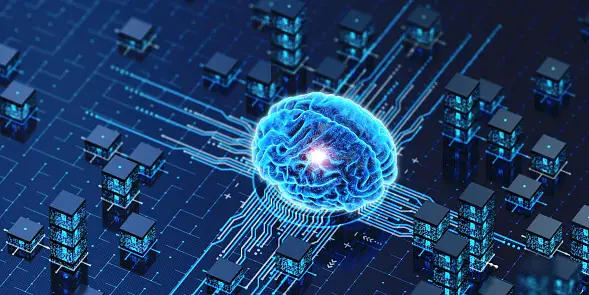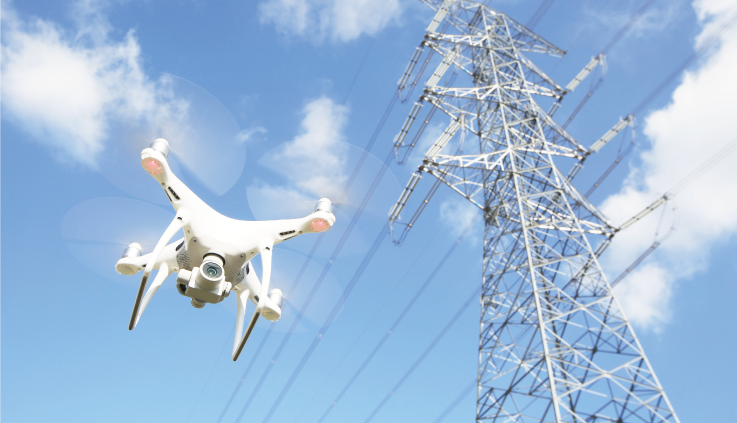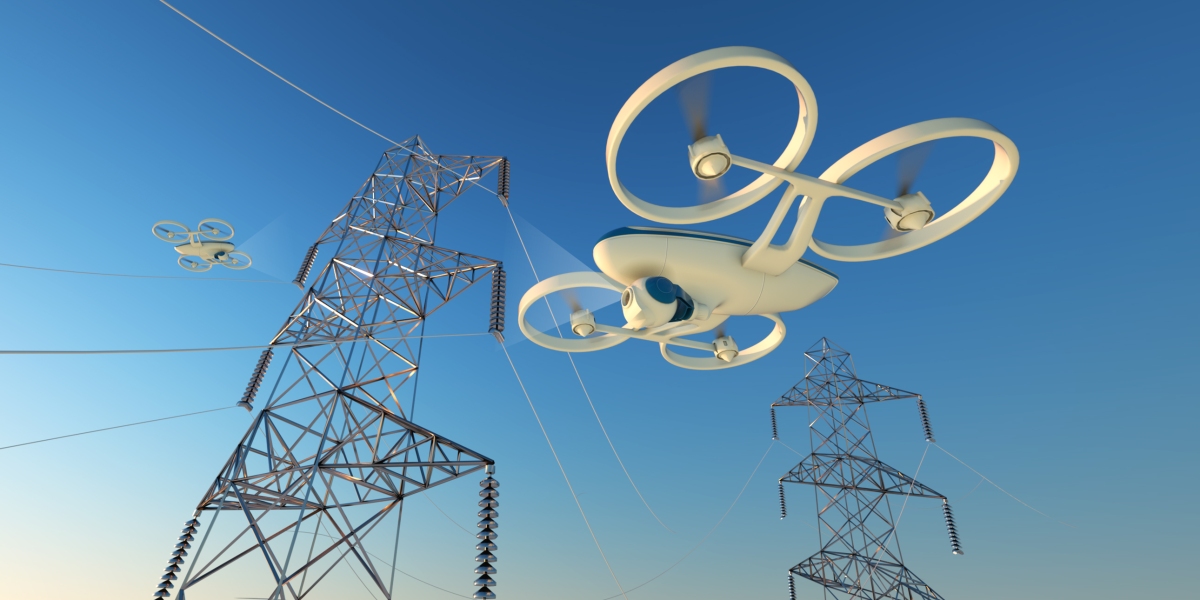Optimization of Grid and Transmission Lines

Fault Detection:
Real-time Monitoring: AI can process vast amounts of data from sensors and smart grids in real time, identifying anomalies that might indicate a fault. Machine learning algorithms, particularly those trained on historical data, can quickly detect unusual voltage, current, and frequency patterns that signal potential issues.
Image and Video Analysis: AI-powered image recognition systems can analyze visual data from cameras placed on power lines and substations to detect physical damage, such as fallen trees or broken equipment.
Signal Processing: AI algorithms can analyze signals from electrical equipment to detect partial discharges, insulation failures, or other early indicators of faults.
Pattern Recognition: AI can recognize patterns in the operational data that precede faults, allowing for earlier detection and intervention.
Select relevant data sources
Gather historical data from various sources such as sensors, maintenance records, and equipment specifications. Combining different types of data will improve the reliability and accuracy of your predictions.
Featured Thinking

AI-Powered Predictive Analytics

